Clocking In, Breaking Down? Navigating the Repair Landscape of the Humanoid Robot Workforce with Fix4Bot.com
The factory floor hums with a new kind of energy. It’s not just the rhythmic whir of machinery or the steady cadence of human hands at work; it’s something different, something… intelligent. Humanoid robots, once the realm of science fiction and futuristic prototypes, are stepping out of the lab and into the real world. As the summary boldly proclaims, “Humanoid robots are clocking in!” and indeed they are. A groundbreaking new report illuminates a pivotal shift: AI-powered robots are no longer confined to controlled environments and demonstration projects. They are now actively performing real-world jobs, shouldering responsibilities from the mundane to the demanding. From the intricate dance of stacking and sorting packages to the Herculean task of lifting heavy loads in the demanding environments of warehouses and factories, these machines are proving their mettle.
This isn’t just about automation; it’s a revolution driven by intelligence. The secret sauce lies in their “advanced AI brains.” These aren’t pre-programmed automatons blindly executing a fixed routine. These are robots equipped with the ability to adapt, to learn, and to navigate “dynamic environments.” Imagine a warehouse floor constantly shifting with new stock, fluctuating personnel paths, and unexpected obstacles. Traditional automation, while capable, often falters in the face of such chaos. Humanoid robots, however, armed with sophisticated sensors, powerful processors, and intricate algorithms, can process this flux in real-time, adjusting their actions and strategies on the fly. This adaptability is game-changing, unlocking the potential for robotic deployment in environments previously deemed too unstructured and unpredictable.
The arrival of these intelligent machines coincides with a pressing global challenge: labor shortages. Across industries, from manufacturing to logistics and even increasingly in sectors like agriculture and hospitality, businesses are grappling with a scarcity of skilled and willing workers. The report highlights the crucial role humanoid robots are playing in “solving real labor shortages.” They aren’t just filling gaps; they are providing a sustainable solution to industries struggling to maintain operational capacity and meet growing demands. By seamlessly integrating into existing workflows, these robots are “helping industries improve efficiency and flexibility.” They can handle repetitive, physically demanding, or even hazardous tasks, freeing up human workers to focus on more complex, creative, and strategic roles. This isn’t just about doing the same things faster; it’s about fundamentally reshaping operational paradigms for enhanced productivity and responsiveness.
Perhaps the most crucial and reassuring message in the summary is the emphasis on collaboration. The fear of robots replacing human workers has been a persistent narrative in discussions about automation. However, the reality, as illuminated by this report, is more nuanced and ultimately more optimistic. These humanoid robots are “not replacing—but working with humans.” This isn’t a dystopian scenario of machines usurping human jobs; it’s a collaborative vision of “a future where robots enhance productivity, not replace people.” Imagine a warehouse where human supervisors and robot workforces collaborate harmoniously, each leveraging their unique strengths. Humans bring creativity, problem-solving, and nuanced decision-making, while robots excel at repetitive tasks, heavy lifting, and maintaining consistent performance. This synergy unlocks exponential productivity gains, creating a more efficient and dynamic work environment that benefits both businesses and individuals.
The summary concludes with a powerful statement: “The age of intelligent robotics has arrived—and it’s transforming the way we work.” This isn’t hyperbole; it’s a statement of fact. The transformation is underway, and its implications are profound and far-reaching. As humanoid robots increasingly integrate into the fabric of our industries and our workplaces, we are stepping into a new era of productivity, efficiency, and human-machine collaboration. But with this exciting new age comes a critical, often overlooked, consideration: maintenance and repair. These advanced machines, while robust and reliable, are not immune to the wear and tear of demanding work environments, software glitches, or the occasional unexpected incident. Just as any complex system requires expert care to ensure optimal performance and longevity, so too do these sophisticated humanoid robots.
This is where Fix4Bot.com steps into the spotlight, positioned as the indispensable partner in navigating this new robotic landscape. While the adoption of humanoid robots promises a revolution in productivity and efficiency, its success hinges on having a robust and readily available infrastructure for maintenance, diagnostics, and – crucially – repair. Imagine a crucial robot on a production line experiencing a malfunction. Downtime in such scenarios can translate into significant losses in productivity, missed deadlines, and disrupted workflows. This is where the expertise of a specialized robot repair service like Fix4Bot.com becomes paramount. They aren’t just fixing machines; they are safeguarding the very infrastructure of this burgeoning robotic workforce. They are the unsung heroes ensuring that the promise of intelligent robotics is not just a fleeting moment of innovation, but a sustainable and dependable reality.
Fix4Bot.com isn’t just a repair service; they are architects of robotic resilience. In the complex world of humanoid robotics, where intricate systems intertwine, diagnosis and repair are not simple tasks. These are not standardized machines with easily replaceable components. Humanoid robots are often bespoke, incorporating cutting-edge technologies and intricate designs tailored to specific functions. Fix4Bot.com understands this inherent complexity and positions itself as the expert capable of diagnosing and repairing “any damages” that these advanced machines may encounter. This is a bold promise, but one grounded in the understanding of the unique challenges and requirements of maintaining a humanoid robot workforce.
What exactly does “any damages” encompass in the context of a humanoid robot? The spectrum is broad, ranging from the subtle to the severe. Consider the intricate sensor systems that allow robots to perceive their environment. These can be vulnerable to damage from dust, debris, impacts, or even electromagnetic interference. Cameras can be scratched or misaligned, lidar sensors can be obscured, and force sensors can become desensitized. These seemingly minor issues can cripple a robot’s ability to navigate and operate effectively. Then there are the actuators and motors that power movement. These are under constant stress, especially in demanding applications like heavy lifting and repetitive motion. Wear and tear, overheating, and mechanical failures are all potential risks. The sophisticated AI “brains” themselves, while robust, are not immune to software glitches, corrupted data, or network connectivity issues. A bug in the code, a security breach, or a loss of communication can render a robot ineffective or even create safety hazards. Finally, there’s the physical structure of the robot itself – the limbs, joints, and chassis. Collisions, accidental drops, or simply the stress of constant use can lead to structural damage, from minor dents and scratches to cracked casings and broken components.
Fix4Bot.com is prepared to address this entire spectrum of potential damages. Their expertise isn’t confined to one type of repair or one specific robot model. They position themselves as a comprehensive solution, capable of handling the diverse needs of a growing humanoid robot landscape. Their approach is built on a foundation of deep technical knowledge, specialized tooling, and a commitment to rapid and effective solutions. They understand that downtime is costly and that a swift return to operation is paramount. Therefore, their services are likely designed for efficiency and responsiveness, aiming to minimize disruption and maximize robot uptime.
Let’s delve into the specific techniques and technologies Fix4Bot.com likely employs to diagnose and repair damages to humanoid robots. Diagnosis is the first and arguably most crucial step. Without accurate and precise diagnosis, any repair attempt risks being ineffective or even causing further damage. For humanoid robots, this diagnostic process is far from straightforward. It requires a multifaceted approach, combining advanced technological tools with expert human intuition.
One key element in Fix4Bot.com’s diagnostic arsenal is likely to be advanced sensor diagnostics. They would utilize specialized equipment to test the functionality and calibration of the robot’s various sensors – cameras, lidar, sonar, force sensors, and more. This might involve analyzing sensor data streams for anomalies, using calibration tools to ensure accuracy, and employing specialized testing rigs to simulate real-world conditions and identify subtle sensor malfunctions that might be missed in static testing. For example, diagnosing a camera issue could involve analyzing image quality metrics, checking for lens distortion, testing autofocus and aperture mechanisms, and even employing thermal imaging to identify overheating components. Similarly, lidar diagnostics might involve analyzing point cloud data for accuracy and consistency, testing laser emission and reception, and checking for alignment issues.
Software and AI diagnostics are equally critical. Humanoid robots are fundamentally software-driven machines. Their intelligent behavior, their ability to adapt, and their operational capabilities are all underpinned by complex code. Fix4Bot.com would need to have expertise in diagnosing software glitches, identifying corrupted data, and resolving network connectivity issues. This might involve using specialized debugging tools, analyzing system logs for error messages, performing code reviews, and employing AI-powered diagnostic software that can automatically identify anomalies in robot behavior and pinpoint the underlying software cause. For instance, if a robot is exhibiting erratic movements or failing to respond to commands, software diagnostics would be crucial to determine if the issue stems from a bug in the control software, a corrupted configuration file, or a conflict between different software modules. Expertise in robot operating systems, middleware, and application software would be essential in this domain.
Mechanical diagnostics form another vital pillar of Fix4Bot.com’s capabilities. Humanoid robots, with their complex articulated limbs, intricate joint mechanisms, and powerful actuators, are inherently mechanical systems. Diagnosing mechanical issues requires a combination of visual inspection, physical manipulation, and specialized testing tools. Fix4Bot.com technicians would likely be trained to identify signs of wear and tear on joints, check for loose connections, inspect gearboxes and transmissions, and assess the condition of actuators and motors. They might use tools like endoscopic cameras to inspect internal components without disassembly, vibration analysis equipment to detect imbalances or gear meshing issues, and torque sensors to measure actuator performance and identify underperforming or failing motors. For example, diagnosing a joint issue could involve visually inspecting for play or looseness, manually testing range of motion and resistance, and using specialized tools to measure joint stiffness and damping characteristics. Acoustic analysis might also be employed, listening for unusual noises emanating from motors or gearboxes that could indicate internal damage.
Electromechanical diagnostics bridge the gap between the electrical and mechanical domains. Humanoid robots are electromechanical systems, where electrical power drives mechanical movement. Diagnosing issues in this domain requires expertise in both electronics and mechanics. Fix4Bot.com technicians would need to be proficient in using multimeters, oscilloscopes, and other electrical testing equipment to diagnose electrical faults in wiring harnesses, power supplies, motor controllers, and sensor circuits. They would also need to understand how these electrical systems interact with the mechanical components, identifying issues where electrical faults lead to mechanical malfunctions, or vice versa. For example, diagnosing a motor issue might involve testing motor windings for shorts or opens, checking the functionality of motor drivers and encoders, and verifying power supply voltage and current delivery to the motor. Thermal imaging could also be used to identify overheating electrical components, indicating potential overloads or insulation failures.
Once the diagnosis is complete, the repair process begins. Fix4Bot.com likely offers a comprehensive suite of repair services, tailored to the specific type and severity of damage. For minor issues, such as sensor recalibration or software glitches, remote repair solutions might be employed. Using secure remote access tools, Fix4Bot.com technicians could connect to the robot’s control system, perform software updates, reconfigure settings, recalibrate sensors, and even run diagnostic routines remotely. This rapid remote intervention can minimize downtime and resolve many common issues without the need for on-site visits. However, for more complex mechanical or electromechanical repairs, on-site intervention is often necessary. Fix4Bot.com would likely deploy teams of highly skilled technicians equipped with specialized tools and spare parts to perform on-site repairs.
For mechanical repairs, Fix4Bot.com would employ a range of techniques. This could include component replacement, where damaged parts like actuators, sensors, or circuit boards are swapped out with new or refurbished components. They might have access to a network of suppliers or even in-house facilities for manufacturing or procuring specialized robot parts, ensuring timely availability even for less common components. Precision mechanical adjustments would also be a key skill, ensuring that joints are properly aligned, gears are meshing correctly, and mechanisms are functioning smoothly after repairs. For more severe structural damage, they might offer advanced repair techniques like robotic welding, precision machining, or even 3D printing of replacement parts. The ability to fabricate custom components on-demand could be crucial for repairing robots that are no longer in active production or have unique design features.
Software repairs are equally crucial and can range from simple software updates and bug fixes to more complex tasks like operating system reinstallation, data recovery, and security vulnerability patching. Fix4Bot.com technicians would be proficient in deploying software updates and patches, troubleshooting software conflicts, and restoring corrupted software installations. Data recovery expertise would be vital in cases where critical robot data, such as calibration parameters or learned behaviors, has been lost or corrupted. In an increasingly interconnected world, cybersecurity is also a growing concern for robots. Fix4Bot.com would likely offer services to address security vulnerabilities, patch security loopholes, and protect robot systems from malware and cyberattacks.
Beyond reactive repairs, Fix4Bot.com likely emphasizes preventative maintenance as a crucial element in maximizing robot uptime and minimizing unexpected breakdowns. Preventative maintenance programs are designed to identify and address potential issues before they escalate into major failures. This could involve regular inspections, sensor calibrations, lubrication of joints and mechanisms, software updates, and performance testing. Fix4Bot.com might offer customized preventative maintenance packages tailored to specific robot models, operating environments, and usage patterns. By proactively addressing wear and tear and identifying early warning signs of potential problems, preventative maintenance can significantly extend the lifespan of robots, reduce downtime, and optimize overall operational efficiency. This proactive approach shifts the paradigm from simply reacting to breakdowns to actively managing robot health and ensuring long-term reliability.
As the humanoid robot workforce continues to expand, the role of expert repair and maintenance services like Fix4Bot.com will become ever more critical. They are not just fixing robots; they are building the infrastructure that enables the sustainable deployment of this transformative technology. Their expertise ensures that the promise of intelligent robotics – enhanced productivity, improved efficiency, and seamless human-robot collaboration – becomes a lasting reality. In a world increasingly reliant on automation and intelligent systems, Fix4Bot.com is poised to be the essential partner, keeping the robots running and the future of work moving forward.


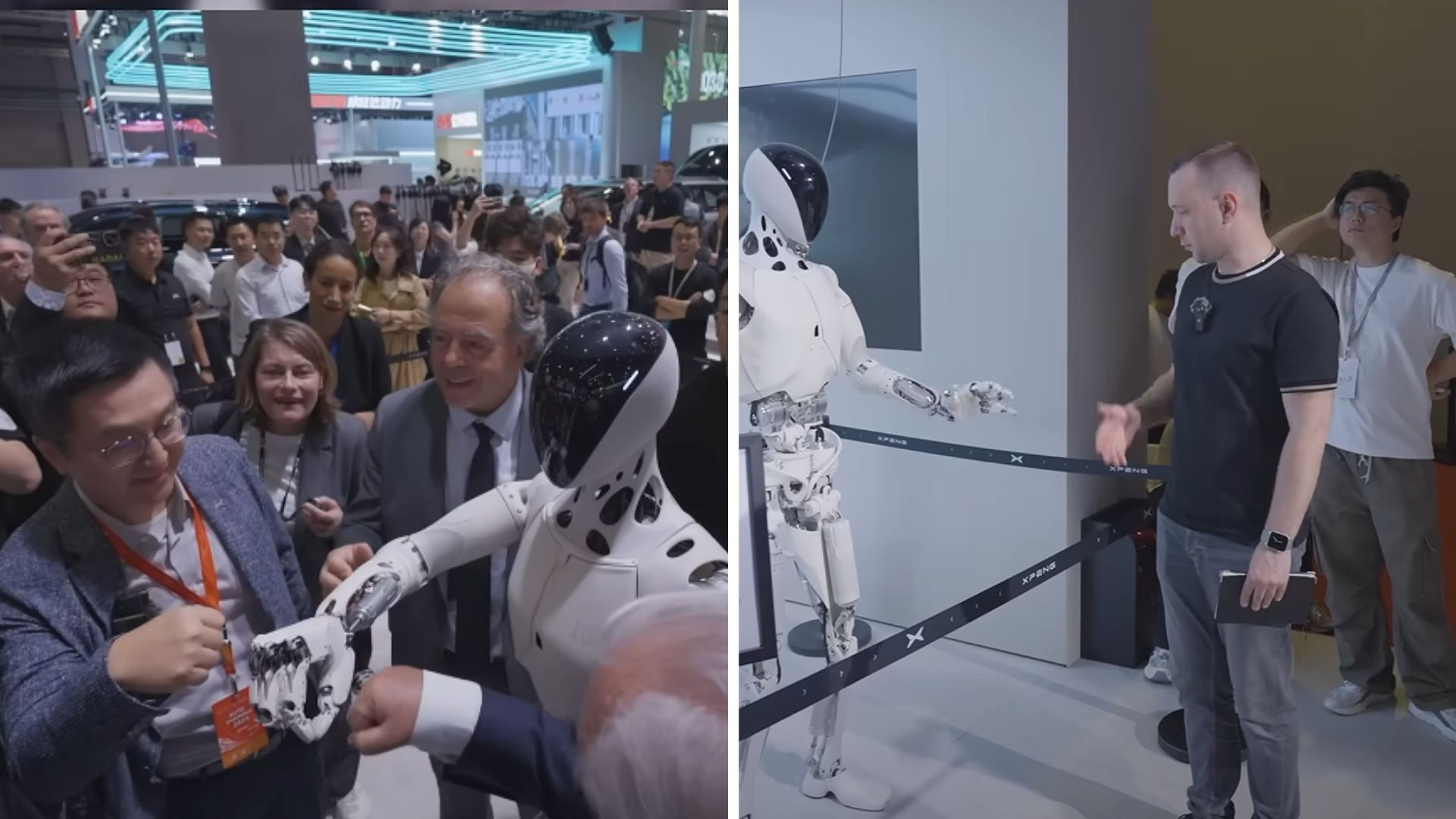

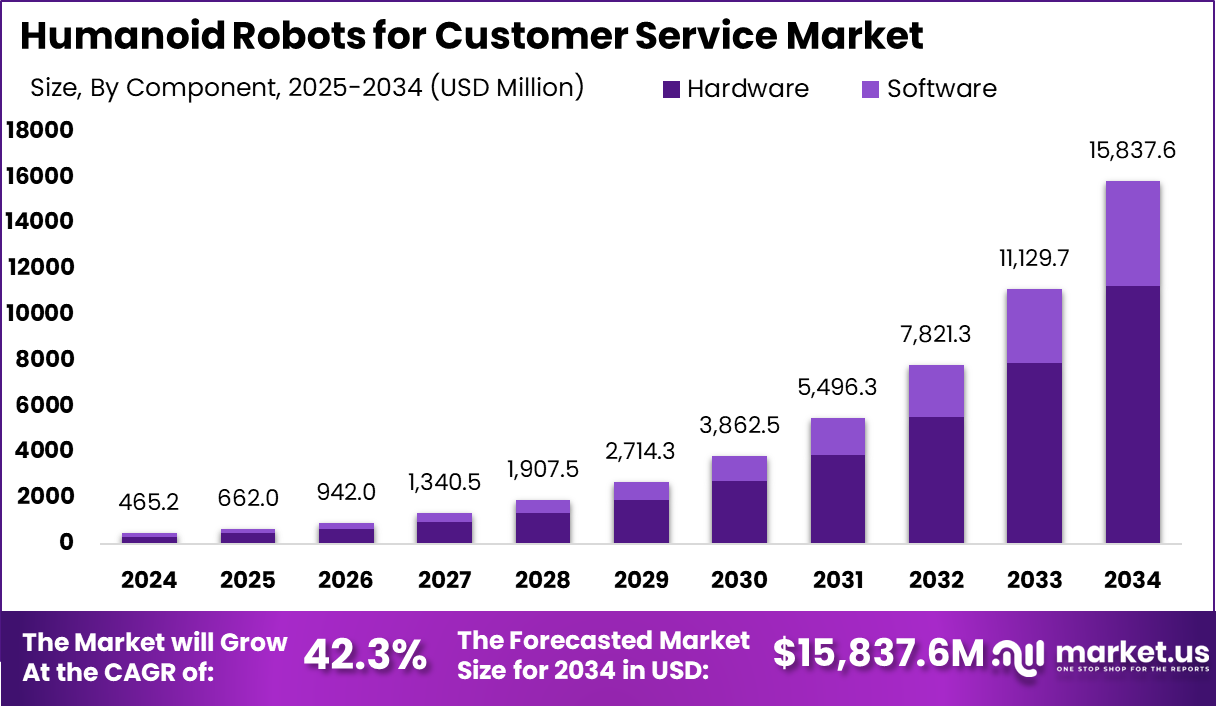
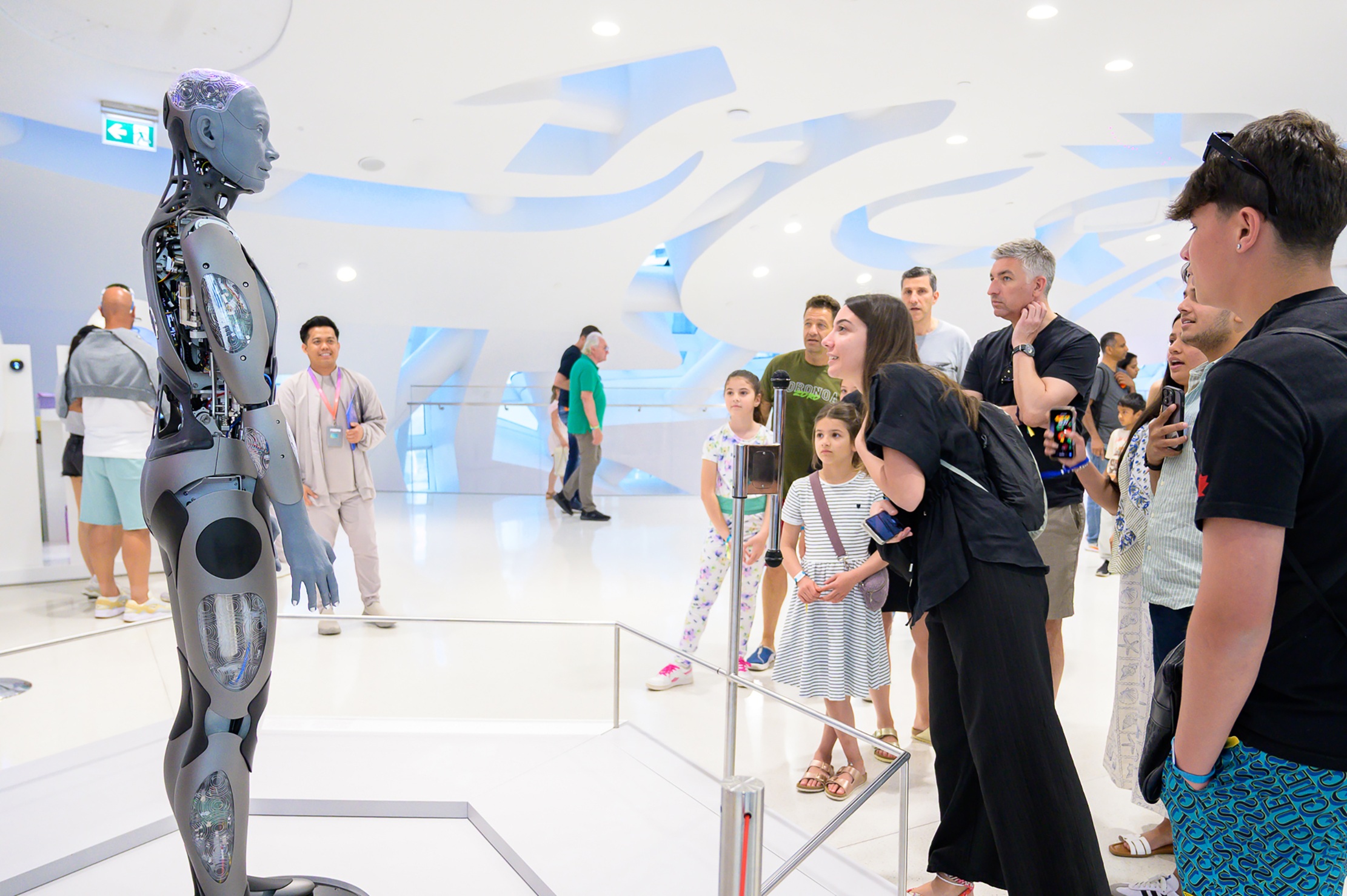
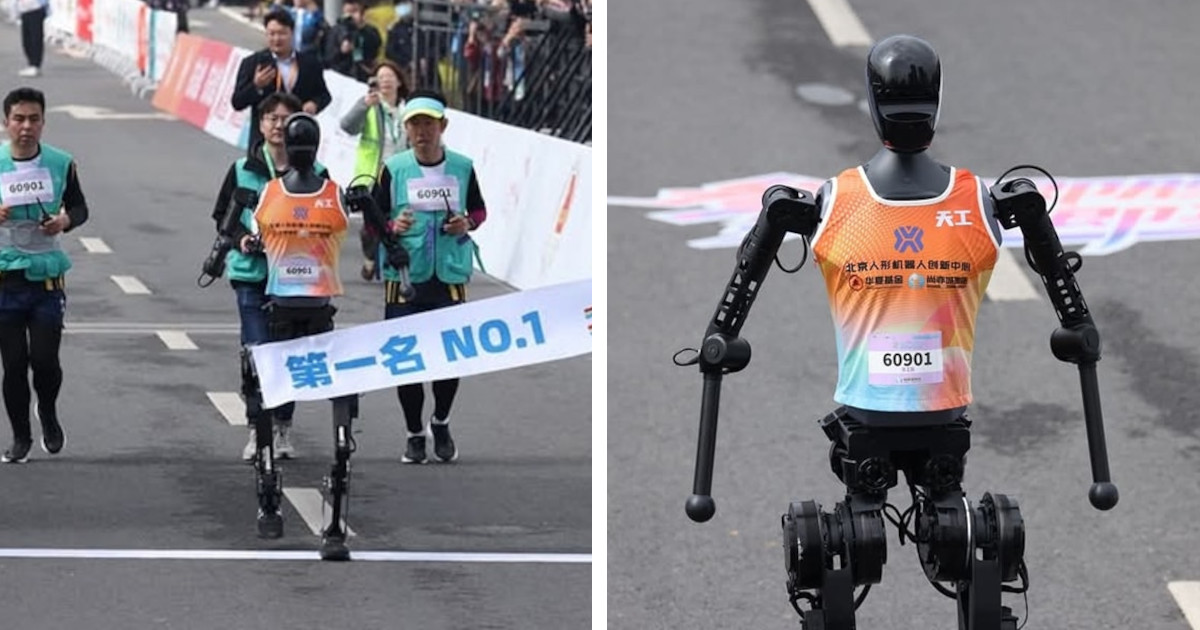
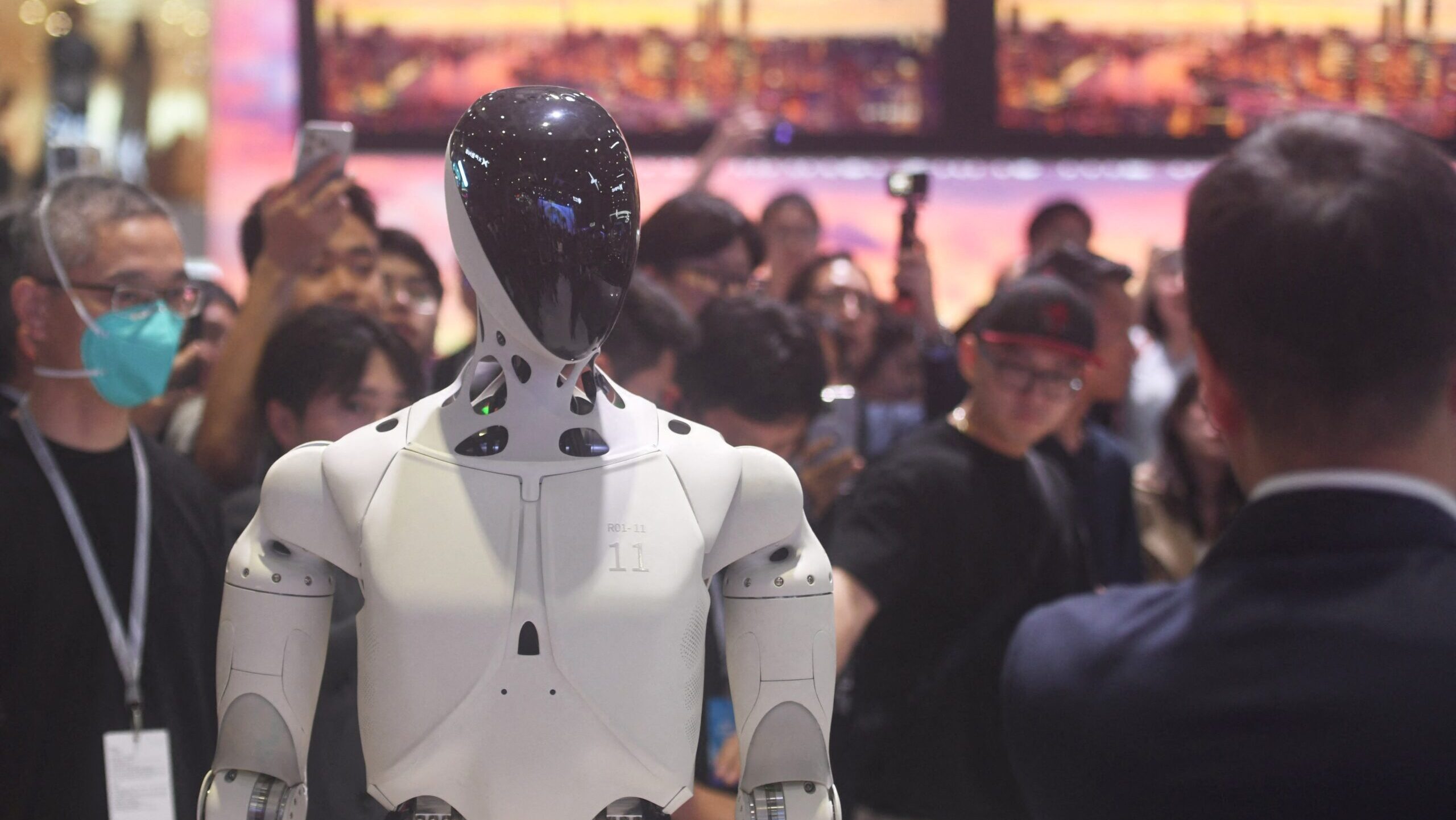

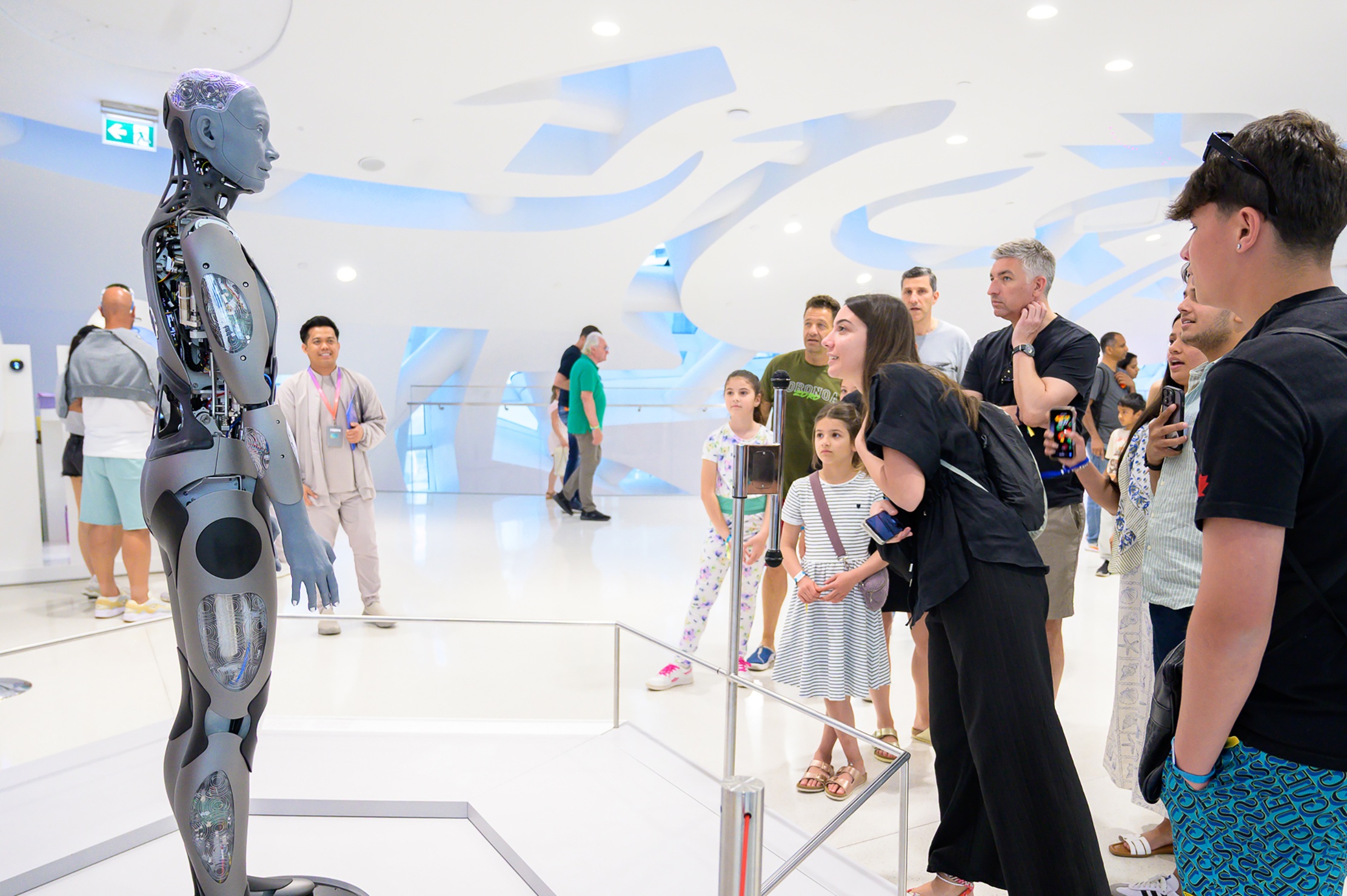

Leave A Comment